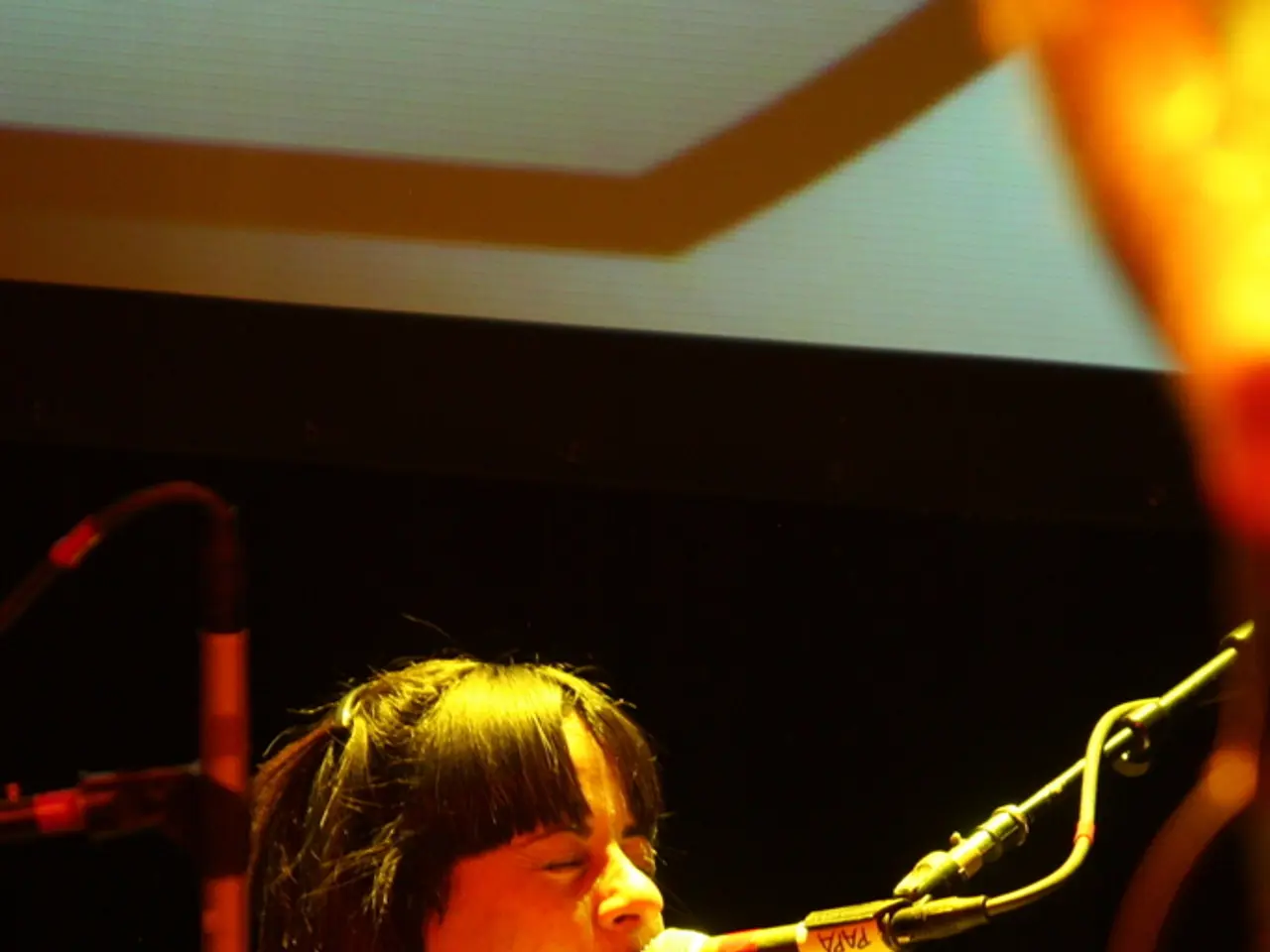Unleashing the Secrets: Pandora's Case Unveiled
=================================================================================
Esther Fox's latest artwork, "Pandora's Box," critically examines the ethical implications and far-reaching effects of pre-natal genetic screening. Installed in the Science Museum's "Who Am I?" gallery, the piece invites viewers to reflect on the moral complexities associated with gene selection before birth.
The artwork draws inspiration from the myth of Pandora, where opening the box releases unforeseen consequences into the world. In "Pandora's Box," a gilded casket, embossed with the ancient Greek Hippocratic Oath, symbolises the promise and peril of genetic screening. Emerging from the casket is a double helix style twist made from computer punch tape, symbolising the early era of collecting and storing data.
Hanging above the casket are strips of velum, an ancient medium used for valuable documents like the Magna Carta. Excerpts from a study about people's feelings towards prenatal genetic screening are embossed on the velum strips, providing a human touch to the discussion.
Fox, who has been working in collaboration with Felicity Boardman, the study's author, hopes to encourage public comment on the piece. She believes that art can be an effective tool for getting the public to discuss complex ethical issues.
The artist feels that her disability is a part of her identity and has taught her resilience, creative problem solving, and the ability to communicate with diverse people. This perspective is reflected in "Pandora's Box," which invites viewers to take time to decipher the text and ponder on its meaning as to the value of life.
"Pandora's Box" raises concerns about ethical dilemmas, unintended social consequences, philosophical questions, and potential psychological impacts of pre-natal genetic screening. It explores the risks of "designing" offspring, the potential for stigmatization of individuals with disabilities, challenges to human identity and acceptance, and the anxiety about genetic "perfection" and decision-making pressures.
Fox argues that while genetic screening offers promising medical benefits, its deployment opens complex ethical "boxes" with consequences not easily contained or predicted. She believes that genetic screening is often viewed as merely "scientific progress," but ignores the fact that it can also screen out individuals with genetic conditions.
"Pandora's Box" represents multiple voices who had taken part in the study, providing a platform for those affected by genetic conditions to share their experiences and perspectives. The artwork is on display in the "Who Am I?" gallery until September 2016, offering visitors a unique opportunity to engage with this thought-provoking piece.
- The integration of artificial intelligence and technology in therapies and treatments for health-and-wellness, including mental health, raises ethical questions about the consequences of designing offspring.
- Esther Fox's artwork, "Pandora's Box," promotes public dialogue on the ethical implications of pre-natal genetic screening, similar to how ancient documents like the Magna Carta were used to record important debates.
- As technology advances in the field of science, it is crucial to consider the potential impact on mental health and human identity, looking beyond the promise of genetic screening and focusing on the ethical complexities it presents.




